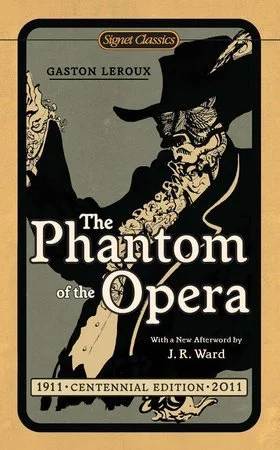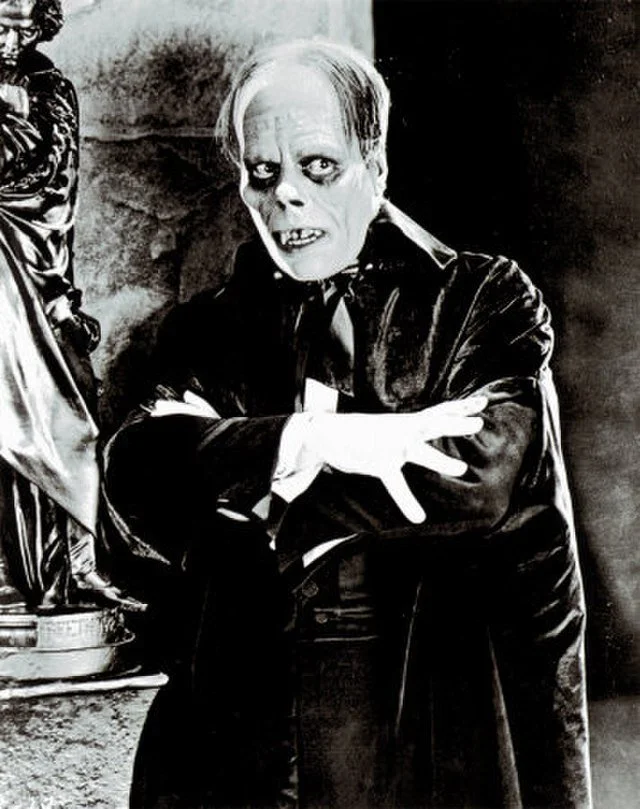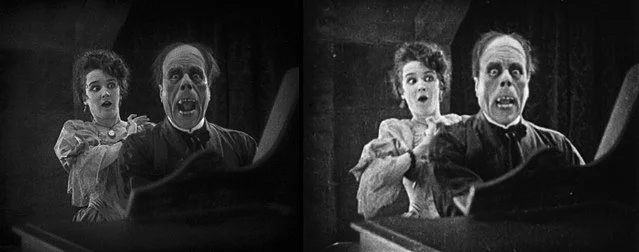5 Reasons why “The Phantom of the Opera” (1925) is a Must-Watch Nearly 100 Years Later
It’s a Timeless Tale
Perhaps most people know the tale of The Phantom as a result of Andrew Lloyd Webber’s 1986 musical which is now acclaimed as the longest running show in Broadway history. The story dates back much further however: the year was 1910 and French author, Gaston Leroux, published Le Fantôme de l'Opéra as a series in the daily newspaper, Le Gaulois. Partially inspired by true events that took place throughout the nineteenth century in the Paris Opera House, Leroux’s chilling narrative has captured the imagination of millions the world over and has consequently been adapted for many stage and screen adaptations, perhaps the most notable being that of the 1925 silent horror film, directed by Rupert Julien and starring Lon Chaney, The Phantom of the Opera.
2. They Don’t Make Films Like These Anymore
The sheer scale of this film is almost incomprehensible. Long before CGI and modern filming equipment, everything you see on screen is the result of craftmanship: all the way from the tiniest details of costume to the incredible life-size reconstruction of the Paris Opera House. Posters were produced, publicising this film to feature a cast of “5000”. No expenses were spared and the result was an incredibly raw and hypnotic retelling of Leroux’s tale.
3. Lon Chaney’s Makeup is Iconic
Lon Chaney, the actor behind Erik, The Phantom earned himself the nickname “The Man of a Thousand Faces”. His virtuoso approach to his own makeup in films such as The Hunchback of Notre Dame (1923) and The Phantom of the Opera (1925) created utterly spine chilling and unforgettable nightmarish images that still evoke audience screams to this date.
4. It Was and Still is Truly Terrifying
In the leadup to the film’s premiere, the profile of Lon Chaney in The Phantom’s unmasked makeup was not publicised, which meant that this scene really was an unmasking, revealing the majorly disformed face of The Phantom for the first time; he appears more like a satanic animal than man. The trajectory of the film makes this scene a chair-clenching climax and there exists several reports of people fainting and running out of picture house auditoriums as a result.
5. Watch it LIVE to Experience Something TOTALLY Unique
The film itself is silent, meaning that there originally was no spoken dialogue nor an accompanying soundtrack. If you get the chance, you should go and see this film with live musical accompaniment, even better if it involves a pipe organ! The “live” element of watching this 96-year-old film is completely unparalleled and you’ll never watch a film in the same way again!




